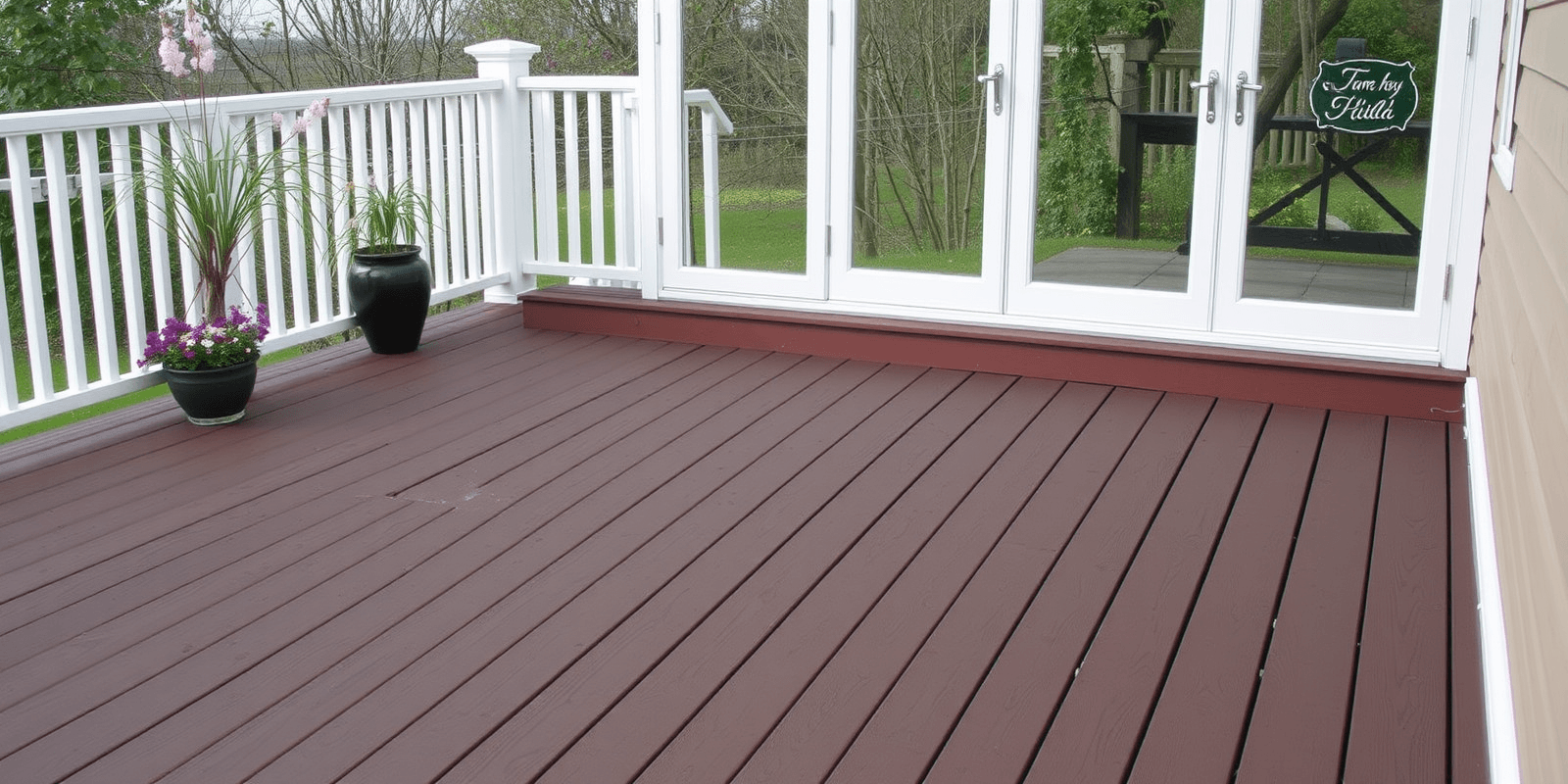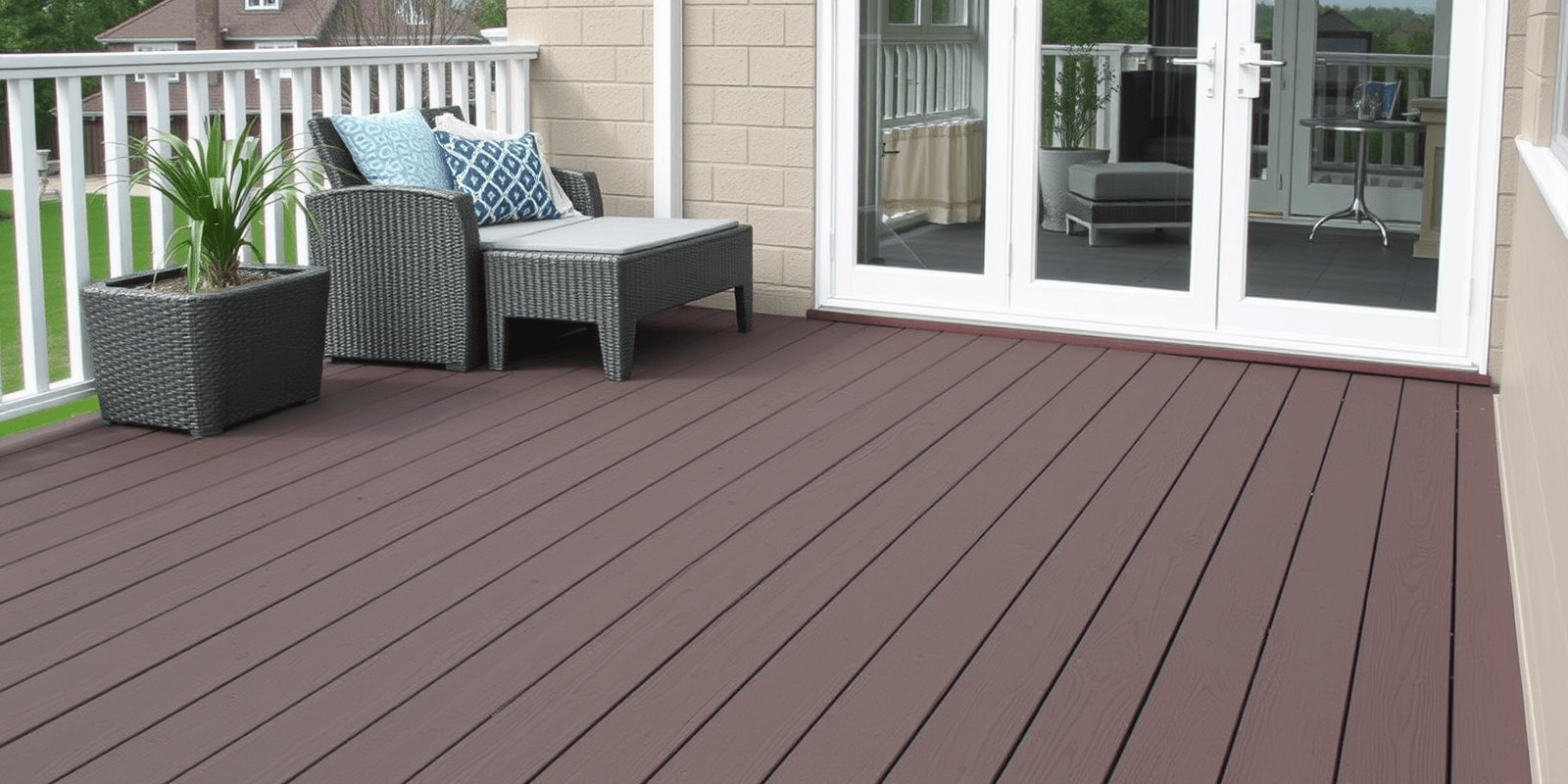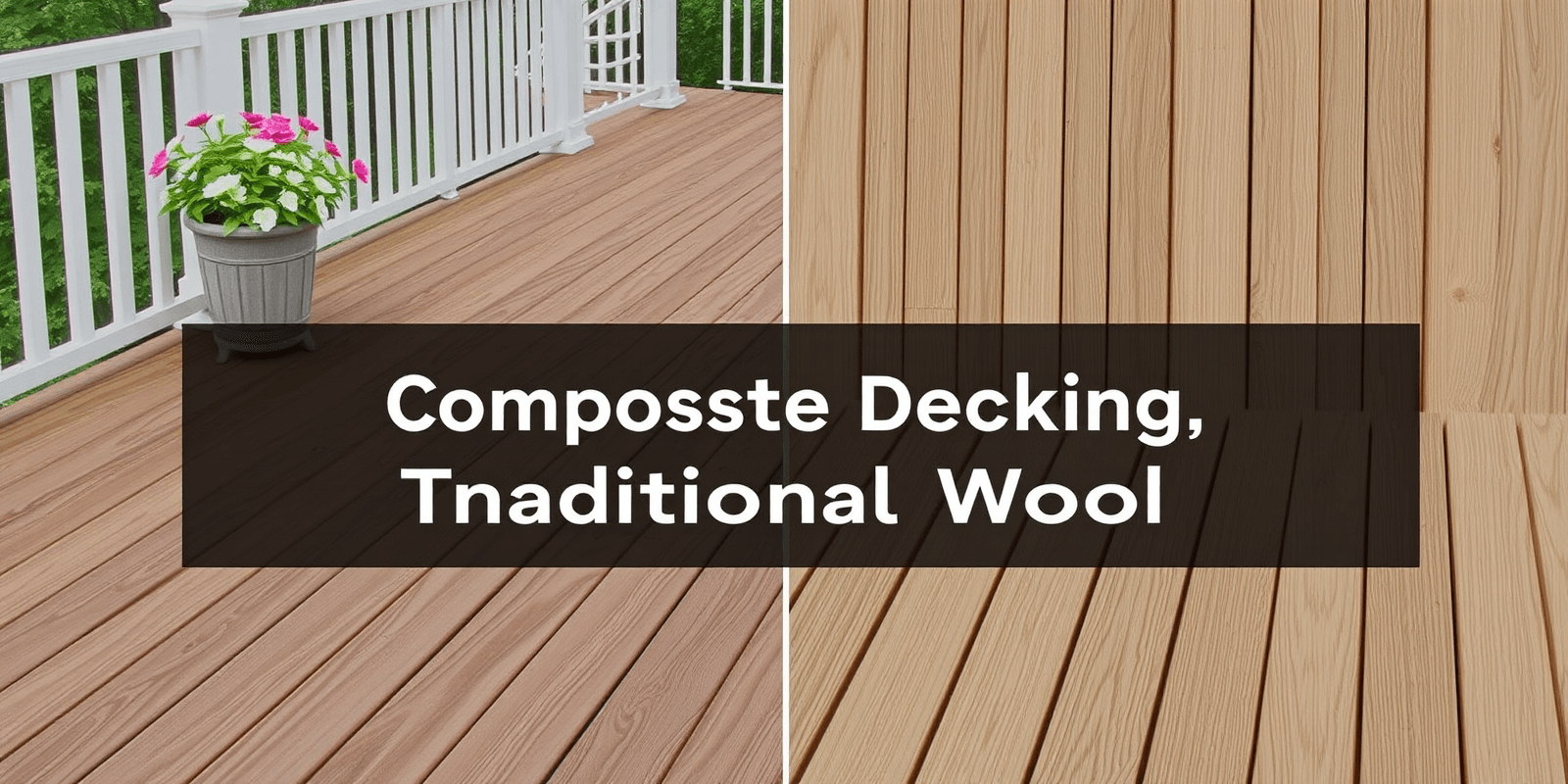Wood Plastic Composite Decking Cost
When it comes to enhancing your outdoor living space, choosing the right material for your deck is crucial. Wood plastic composite (WPC) decking has gained popularity over traditional wood decks due to its durability, low maintenance, and environmental benefits. However, understanding the various cost components associated with WPC decking is essential before making a decision. In this blog post, we will discuss the initial installation costs, ongoing maintenance requirements, and long-term savings of WPC decking compared to traditional wood decks.
Initial Installation Costs
The initial installation costs of WPC decking are often higher than those of traditional wood decks. This is primarily due to the higher price per square foot of WPC materials. However, the actual cost can vary depending on several factors, including the complexity of the design, the quality of the materials, and the labor required. For instance, a basic WPC deck might cost between $30 to $40 per square foot, whereas a traditional wood deck could be in the range of $20 to $30 per square foot. Despite the higher upfront cost, the longevity and reduced maintenance needs of WPC decks often make them a worthwhile investment in the long run.
Ongoing Maintenance Requirements
One of the most significant advantages of WPC decking is its minimal maintenance requirements. Traditional wood decks require regular sealing, staining, and sanding to maintain their appearance and structural integrity. On the other hand, WPC decks only need occasional cleaning with soap and water, or a pressure washer if necessary. This lower maintenance requirement translates into substantial cost savings over time, as you won’t have to spend money on chemicals, tools, and labor for upkeep. Additionally, WPC decks are less susceptible to rot, mold, and insect damage, further reducing maintenance needs and potential repair costs.
Long-Term Savings Compared to Traditional Wood Decks
While the initial installation cost of WPC decking may be higher, the long-term savings can be considerable. Over time, the reduced maintenance and repair costs of WPC decks can offset the initial investment. According to a study by the National Association of Home Builders, the average lifespan of a WPC deck is around 25 years, compared to about 15 years for a traditional wood deck. This extended lifespan means fewer replacements and repairs, leading to significant cost savings. Moreover, WPC decks retain their value better over time, making them a more financially sound choice when considering resale value.
Conclusion
When evaluating the cost of wood plastic composite (WPC) decking versus traditional wood decks, it’s important to consider not just the initial installation costs but also the ongoing maintenance requirements and long-term savings. While WPC decks may have a higher upfront cost, their durability, low maintenance, and extended lifespan make them a cost-effective option in the long run. By investing in a WPC deck, you can enjoy a beautiful, functional outdoor space that requires minimal upkeep and offers lasting value.



